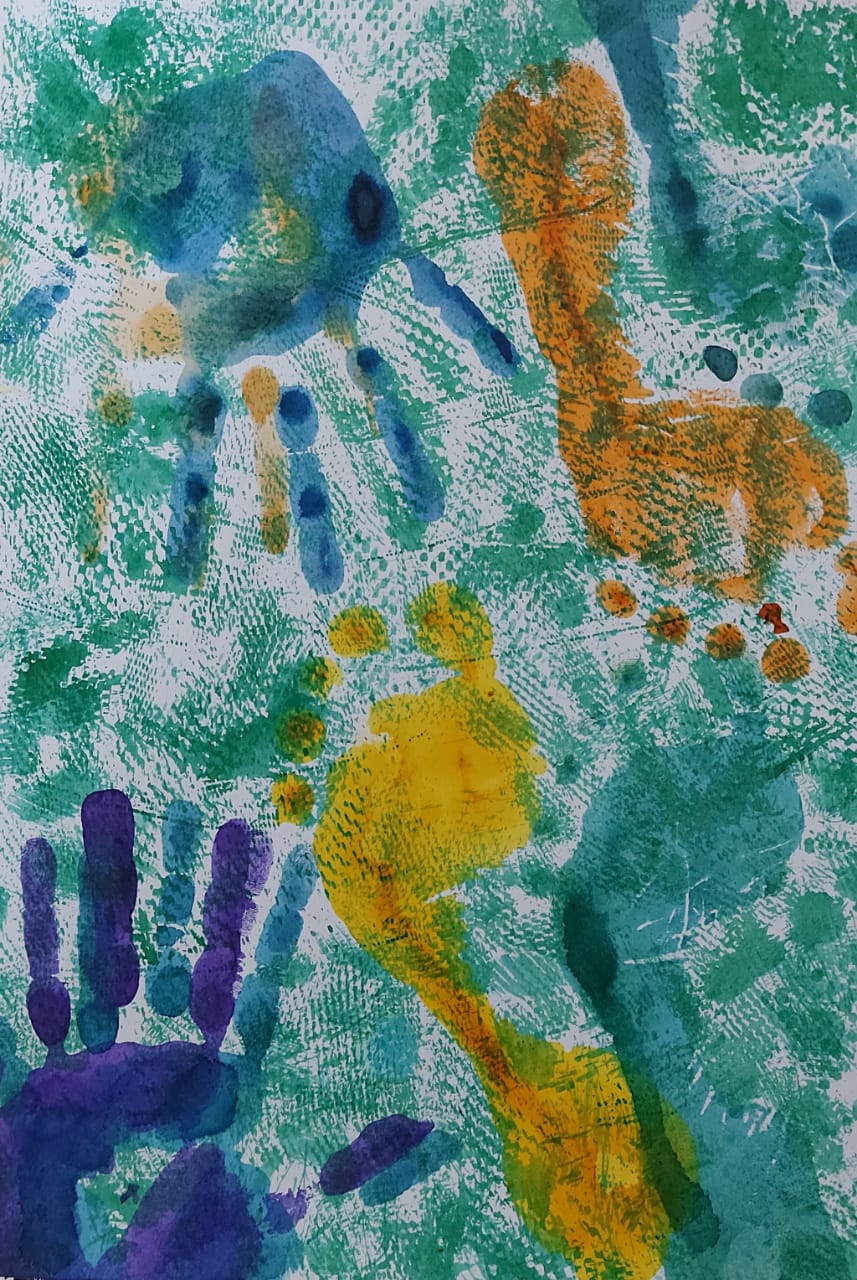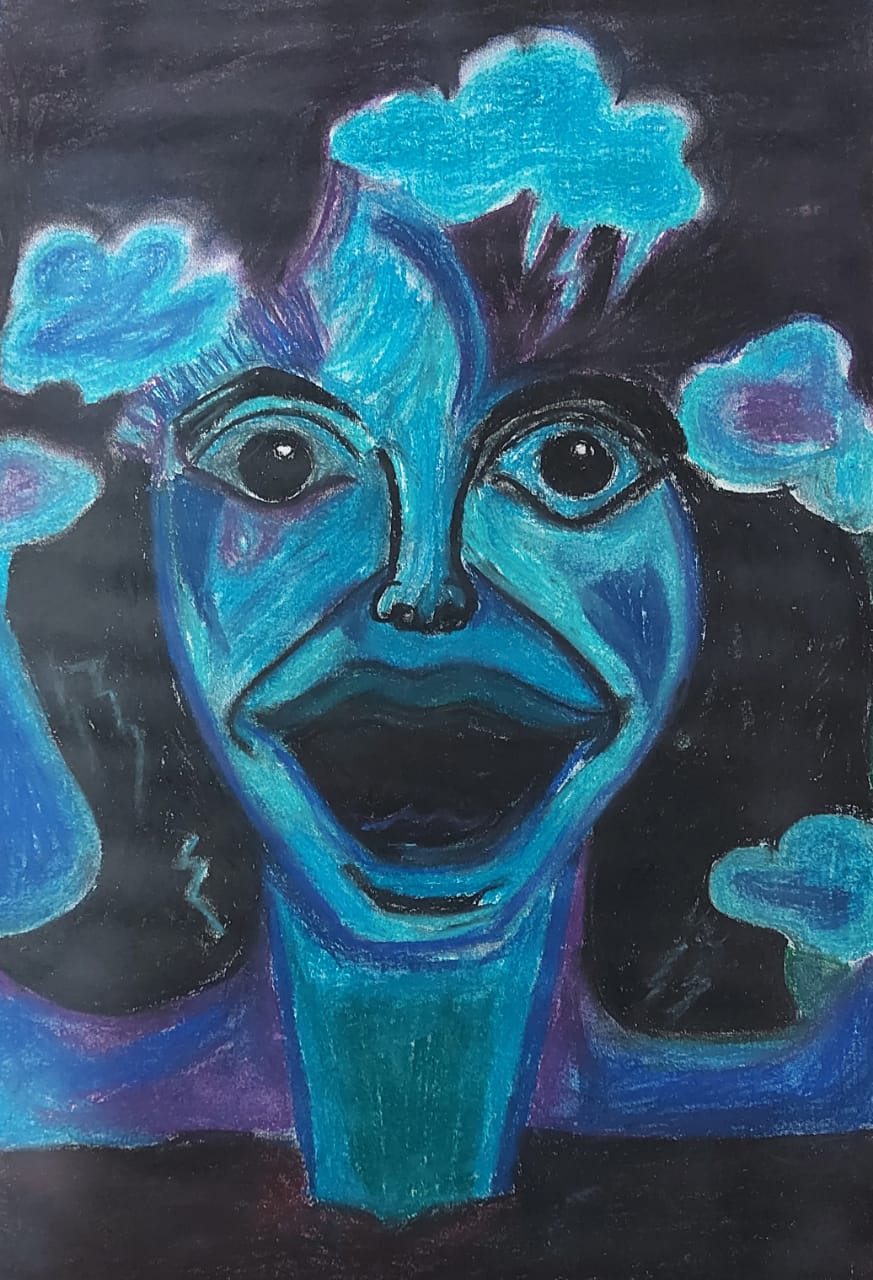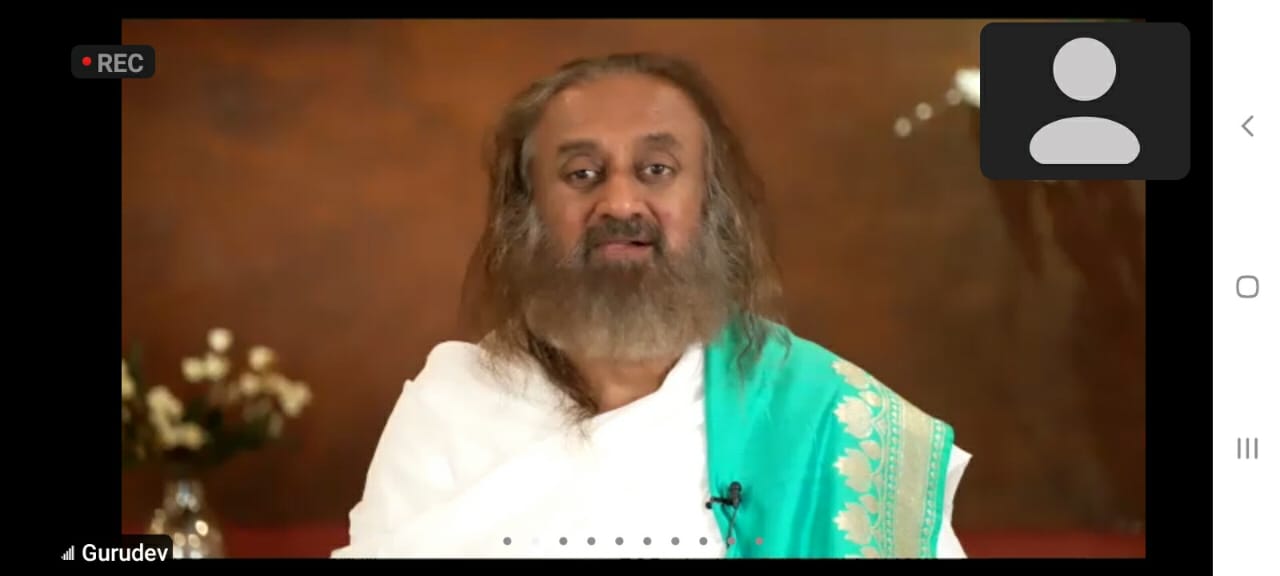Instagram is a pretty place with most of its sugar-coated stuff. There are adorable montages of girls crying while sad music plays in the background. On social media, it has become a personality trait.
Eating disorders, anxiety and depression are romanticized by aesthetically pleasing pages, and every post gets thousands of likes and comments.
There is nothing wrong with venting about your problems on the internet. It doesn’t invalidate one’s experience with mental illness, and there is nothing wrong with seeking help when required. There is a social stigma surrounding mental health, especially in Asian countries.
Social media should be used to normalize mental health and not romanticize it. This ‘trend’ has discouraged many who actually suffer from mental illness from seeking help because others think they are doing it for attention.
It isn’t just general social media users, but clothing brands have also joined this trend. For example, t-shirts with prints such as ‘anxiety queen’ and mugs with cute fonts say #depression.
Social media has created a platform for openly discussing mental health and has also helped people understand it. A large majority of people can not afford therapy and seek the internet for help. Self-diagnosis is very common, especially for poor people who don’t have access to medical care. Also, some mental illnesses are surrounded by stereotypes, and if not met with these stereotypes, it’s impossible to get a diagnosis.

It is terrible that mental illness is marketed to people. It can be seen in the portrayal of characters who clearly have some underlying mental health issues but are also very pretty to look at and highly talented. This sets the notion that having a mental illness is directly proportional to success. The media fails to portray the actual issues caused due to Obsessive-Compulsive Disorder (OCD), Attention Deficit Hyperactivity Disorder (ADHD), autism and other mental disorders.
The media is basically idealizing these mental health issues. The vulnerable teens, who are consuming this type of media, start developing self-destructive tendencies, which can cause a lot of harm.
The teens are made to understand that being cool is not cool. They injected with the thought that “to be cool, you need to suffer and that having a mental illness makes you cool”.

Saving Private Ryan (1998), a war film by Steven Spielberg, managed to capture the essence of mental disorders such as Posttraumatic stress disorder (PTSD) and the effect war has on soldiers and war veterans. The film did give an insight to people who didn’t suffer from the same condition and helped them gain a better understanding, but this also had a negative effect. It trigged a part of the audience that suffered from these conditions. This movie isn’t a bad representation of mental disorder. There isn’t a lack of representation of characters with mental disorders, but how we engage with these characters.
Shows like ‘Thirteen Reasons Why’ portray this idea of self-harm being an alternative to suicide.
This is usually done for writing a good story where a larger audience can relate to it. We also see that when a character with a mental disorder is portrayed negatively, the only reason/justification given for their wrongdoings is their mental illness.
It is essential to show the importance of therapy and medication in films and other media such as books and video games. There are many issues when it comes to writing or speaking about mental health and its depiction in media. We can all try to be more conscious with our approach to these issues.
I am taking one small step, if you or someone you know is suffering, please try to reach out. Help is always available @:
INDIA SUICIDE & STRESS HELPLINE
Jeevan Aastha Helpline Toll Free : 1800 233 3330
WEBSITE: http://www.
EMAIL: help@jeevanaastha.com
KIRAN MENTAL HEALTH ( GOVERNMENT) – 18005990019
Timings: 24hours, Government Helpline










